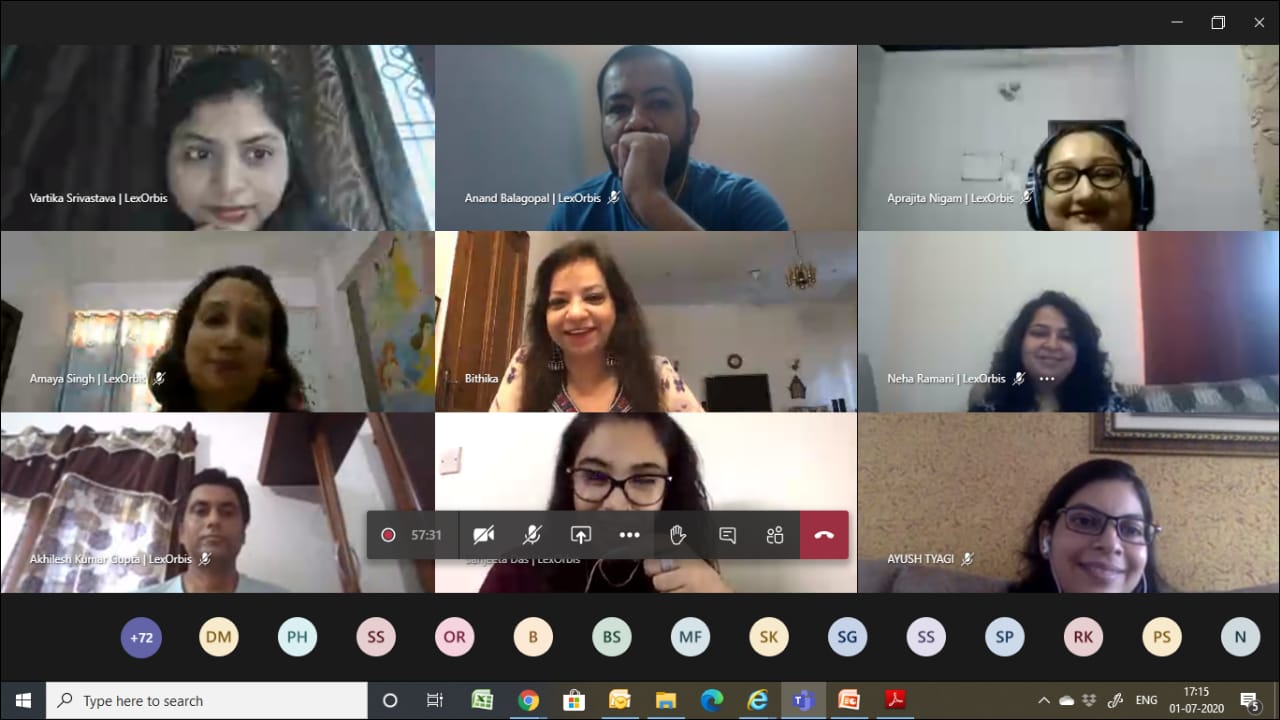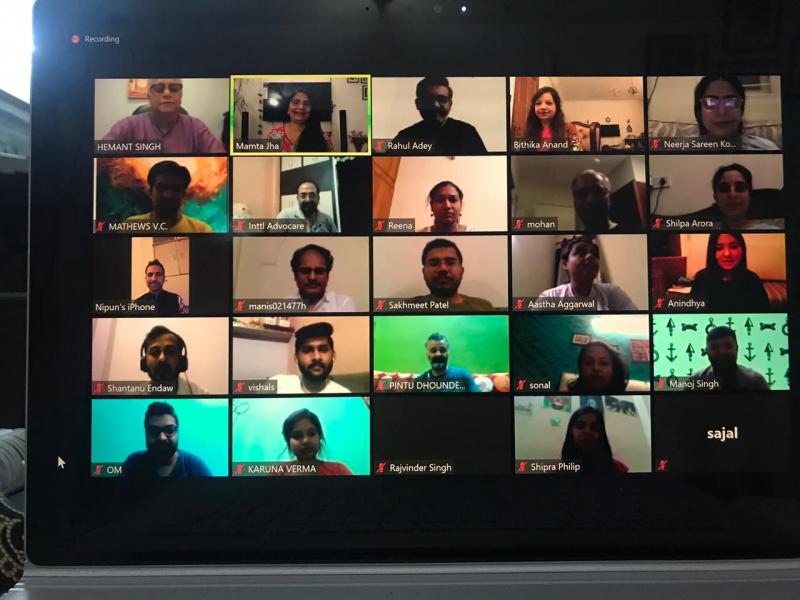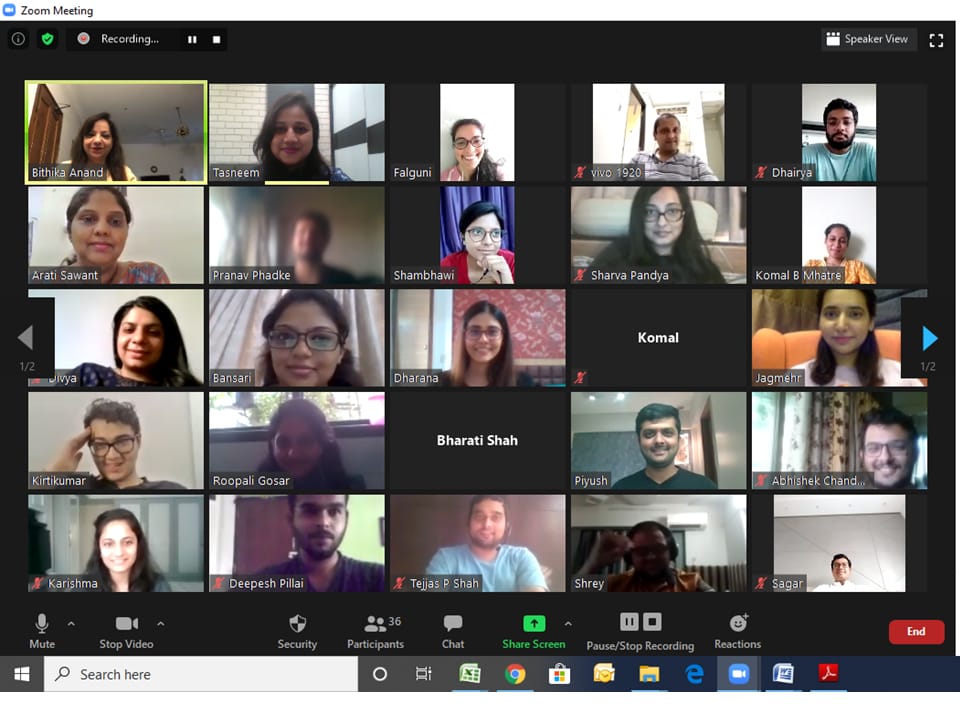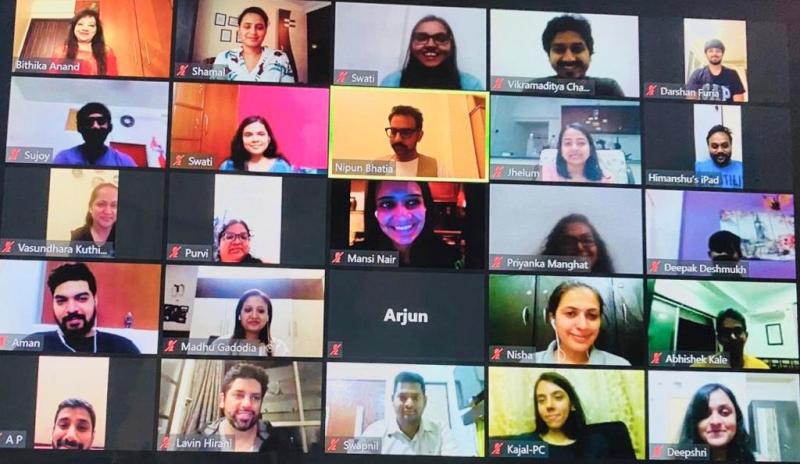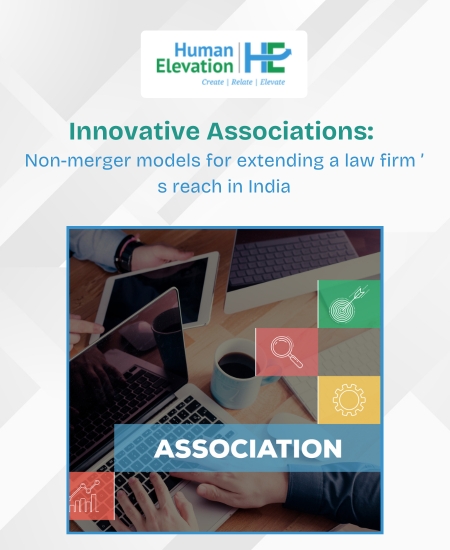
India’s prominence on the global stage continues to grow. Its economy is ranked third in the world on the basis of purchasing power parity and is growing at the fourth-fastest rate, while eight Indian companies occupy slots on the Fortune 500 list and most Fortune 500 companies have a presence here.
It is therefore surprising to the casual observer that a majority of the world’s most prominent law firms have no formal presence in India. Those who stay informed about the Indian legal marketplace, however, know that foreign law firms are banned from the practice of law in India. In the 2009 Lawyers Collective v. Indian Bar Council case, the Bombay High Court confirmed that foreign law firms are prohibited from practising either litigation or corporate advisory work in this country. These two factors are not only encouraging many Indian firms to look at innovative ways to associate with each other that can maximize their combined potential; they are also prompting many foreign law firms to build relationships with local Indian firms to serve their clients better. In all these cases, simple mergers are bypassed in favour of more interesting solutions.
Local Affiliations
There are three principal non-merger methods by which Indian law firms affiliate with one another to increase their reach and impact.
1. One Banner, Different Roofs
The last few years have seen a wave of startup law firms in India. Some have been great successes, others have failed, and many others are stuck in the mediocre middle.This has given rise to a trend by like-minded small firms that continue to work independently from different offices and even in different cities, but that share a common brand name — either the name of the more popular firm or a new banner altogether. All other aspects of the business, such as infrastructure costs and accounting books, are maintained independently, allowing each firm to manage its own affairs while leveraging the same brand name.
2. Different Banners, One Roof
Conversely, some firms have benefitted from preserving their own name while finding other ways to share costs. These lawyers come together under one roof, sharing infrastructure and other costs, but operate under their own individual brand names in order to continue leveraging their most valuable asset. Sometimes, even the profits of the two firms aremerged into a common pool; in most cases, however, profits remain unmixed and independent.
3. One Roof, One Banner, Different Profit Centers
This approach gained very little traction when it was first introduced, but it has recently started to gain more adherents.In this system, a famous lawyer and/or a successful and well-known law firm will lend its name and infrastructure to other lawyers, who in turn set up their own practices within its umbrella.The lawyers who gather under this umbrella agree to pay the firm part of their profits, akin to paying rent and providing royalties in order to work under the brand name and use the infrastructure.
Foreign Affiliations
Despite (or perhaps because of) the Lawyers Collective decision,forming affiliate relationships with Indian law firms has become increasingly popular for foreign law firms.The most popular types of non-merger “associations,” each with distinct characteristics, can be classified according to four basic models: ad hoc referrals, de facto control,India desks, and best-friend affiliations.
1. Ad Hoc Referrals
Ad hoc referrals allow international firms to get the most out of their Indian counterparts. This system provides the foreign firm’s clients with effective and cost-conscious execution of solutions involving Indian law, given the disparate fees and pay grades between the Indian and international firms.It is also commonly used by Indian firms that either are in high demand, or cannot rely on a single or exclusive international partner to maintain their revenue streams
This system of association is considered to be in full compliance with both India’s Advocates Act and the decision in the Lawyers Collective case.It is frequently used by Indian firms that would rather work with a variety of referring firms that provide expertise across all practice areas. It may not be appropriate for local firms that want to invest considerable time and energy in their association with foreign firms, since this system imposes no obligations of any kind on either side.
2. De Facto Control
The disproportionate gap between the financial strength of most international firms and most Indian firms might appear to make de facto control the preferred method by which foreign firms associate with Indian firms. This method was initially popular following the liberalization of the Indian economy and peaked with the Reserve Bank of India’s 1994 decision to grant liaison licences to three international firms to operate in India. The Lawyers Collective ruling has since limited the extent of control that a foreign law firm is permitted in India.
Nonetheless, some international law firms are believed to have taken this approach quietly, by essentially “taking over” an Indian firm or indirectly helping Indian lawyers start their own local firm which operates locally but serves as an informal Indian “office”of the international firm.These firms do not share profits, which is prohibited, but they do share fees and referrals to make this method financially viable. Foreign firms that have de facto control over Indian firms face stiff opposition from the BCI, and they will continue to be looked upon with suspicion.
3. India Desks
India Desks allow international firms to display their association with India without any local legal restrictions and boosts confidence among their clients in India or with interests here. International firms are increasingly opening up India Desks, most prominently in their London and Singapore offices. These desks are well outside the restrictions imposed by Lawyers Collective, since foreign firms can obviously work on matters of Indian law provided they do so from offices outside of India.
In actual practice, however, it has been observed that international firms with India desks continue to refer matters pertaining to Indian law to lawyers based in India, primarily due to the costs involved (lawyers in India cost less than global firm lawyers stationed at these desks).The desks often end up servicing their Indian and foreign clients on elements of foreign law and as transactional middlemen who engage appropriate counsel in India itself.
4. Best Friends
In the wake of the Lawyers Collective decision, international law firms seeking a strong, long-lasting association in India have sought to create exclusive “Best Friend”relationships with an Indian firm.This arrangement, which is entirely legal, operates as an exclusive referral relationship between the two firms, allowing them to invest their time and energy in what each side perceives as a stable, long-term relationship.
As part of their commitment to each other, the two firms share technical, administrative and managerial knowledge in order to synchronize their firms’ business culture and structures. Firms that have initiated “best friend”relationships aim for higher client satisfaction through better synergies and joint training exercises,the commitment of an exclusive referral arrangement, and reliably long-term knowledge-sharing opportunities.
Conclusion
India’s stance on the liberalization of its legal industry finds approval in some quarters and opposition in others. But nobody doubts the strong desire of international law firms to be associated with the Indian legal marketplace through the available legal means. Increasing inbound and outbound investments involving India, coupled with the intricacies of cross-border transactions, makes associations between Indian and international firms not just highly desirable, but also, to an extent, unavoidable.
Picking the best model of association is a decision that requires a strategic insight into a firm’s long-term strategy, its size, its expected volume of work, and various other factors. At the end of the day, the best choice for one firm may drastically differ from the best choice for another.
What is clear is that those firms that have made an informed decision from among the various modes of association, both Indian and international, are best positioned to enjoy a long-lasting association, better financial health, improved client satisfaction and more efficient client service.
Looking to Expand or Hire?
Whether you’re a law firm in India looking to scale through smart affiliations, or a global practice exploring entry into the Indian market, you don’t need to take the merger route to grow. At Human Elevation, we work with leading Indian firms and international law firm solutions to build agile, future-ready legal teams that align with evolving business models—from India Desks and best-friend tie-ups to shared-brand setups across cities.
As one of the few legal recruitment agencies in India that understands both the structural and cultural sides of legal partnerships, we help firms attract the right talent for innovative association models—be it practice-specific hiring, lateral moves, or leadership mandates.



